|
For this project, Gates of the Arctic staff traveled to Inigok camp in the National Petroleum Reserve - Alaska, near the Arctic Ocean on the coastal plain. This project's long history is the result of a cooperative partnership between the National Park Service (NPS) and the Bureau of Land Management. The Arctic Network Inventory & Monitoring Program (ARCN) of the NPS collects, compiles and synthesizes scientific information about national parks in northwestern Alaska in order to facilitate their unimpaired preservation for future generations. ARCN is a major component of the NPS strategy to improve park management through greater reliance on scientific information.

FAA Webcam Capture 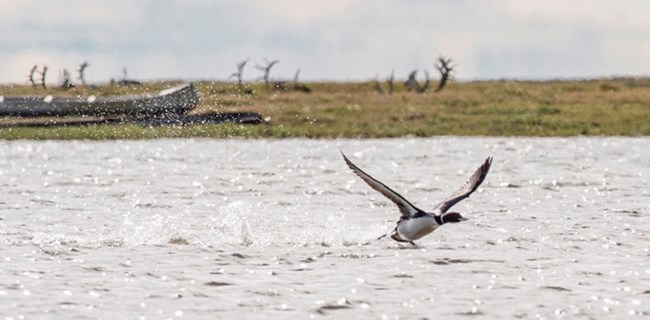
NPS/Dev Dharm Khalsa The assignment is to document a very rare type of bird: the Yellow-Billed Loon. Scientists estimate that there are around 20,000 of these birds worldwide. They nest on the North Slope and the Seward Peninsula of Alaska, as well as in the high Arctic of Russia and Canada. In September, Congress will vote on whether to list this bird under the Endangered Species Act. Either way, it's a critical turning point for these hardy birds, and I feel like this project has the potential to make a difference. And then there is the waiting. Hours pass as we bide time at the NPS regional office in Fairbanks. I try to concentrate on other work but fail. It's utterly impossible with the trip so close at hand. I force myself to read up on the Arctic Network Inventory and Monitoring Program's (ARCN) Yellow-Billed Loon study. Engrossed in the reading, I don't notice Melanie nearby. She motions to me, "Get your stuff! We're on the 5pm flight today with a different carrier!" It's 4 PM. 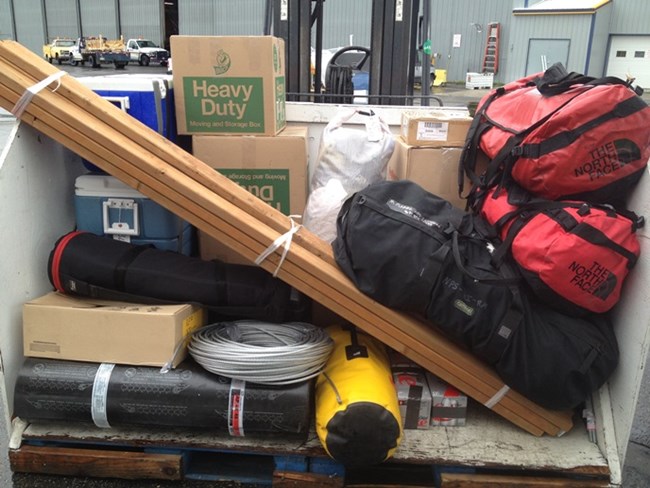
NPS/Dev Dharm Khalsa Three duffels, two pelican cases, two backpacks, one massive 50lb tripod and a gopro bag later (that's just my stuff), we're off to catch our flight with 45 minutes to spare. Soon enough, I find myself strapped into a Cessna Caravan. I let out a sigh of relief. After weeks of preparation, the trip is finally under way! 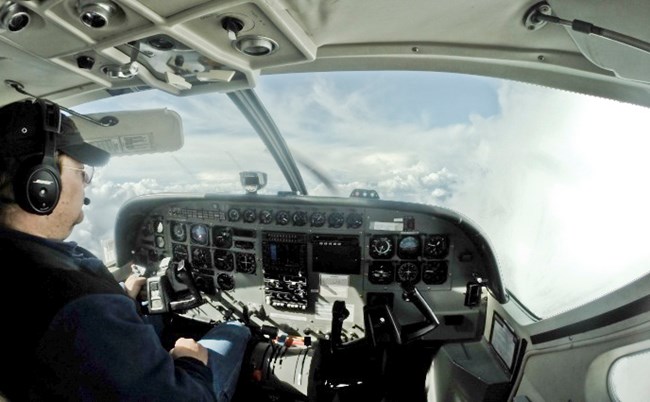
NPS/Dev Dharm Khalsa 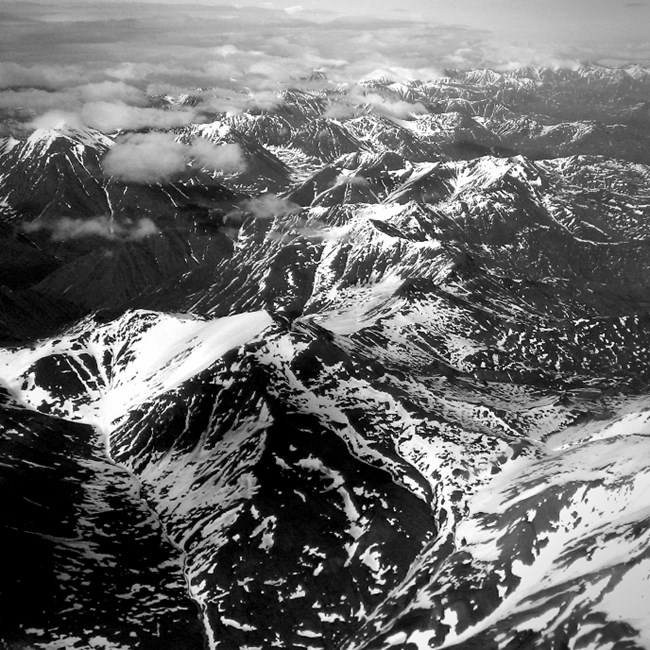
NPS/Dev Dharm Khalsa Then the mountains drop away and a single thick pancake cloud blankets the land as far as the eye can see. We dip lower and lower - the altimeter reads 1200, 1000, then 800. For minutes, I can see nothing. But then, a lake becomes visible, and another. As we dip below the last layer of fog, I see many small lakes dotting the land all around us. We have reached the North Slope. The flight instrument reads 20 miles from Inigok. Nearly there. A large landing strip soon becomes visible, we dip, bounce and screech to a halt in front of the camp. As soon as we land there is work to do. After unloading the air cargo and carrying it back to camp in small wheelbarrows, we help researchers from University of Alaska - Fairbanks load the plane for their return journey to Fairbanks. 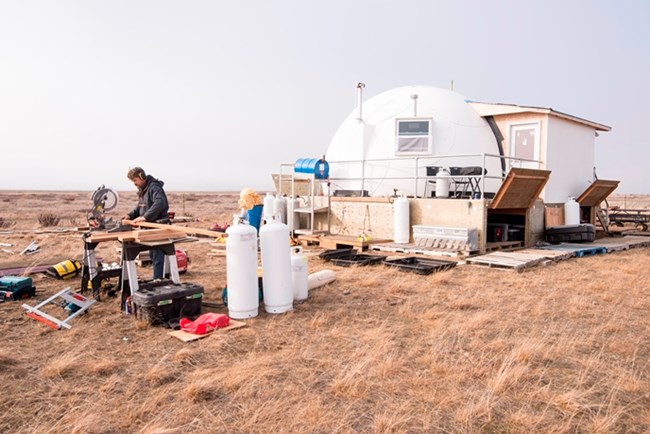
NPS/Dev Dharm Khalsa Camp is simple, but comfortable. There is a white snow dome which looks as though it were built for the moon, a grouping of yellow-and-orange Mountain Hardware tents, and three CONEXs where all the flight and maintenance gear is stowed. The white dome is the kind of "community center" for the camp. Its where all the meals are held and where everyone can just hang out and relax on rainy days. Oh, and it's stocked with food. Mmm. The next day we wake up to yet another grey and windy day. Surveying is out of the question - Deb explains to me that it's simply too windy to get accurate data in this kind of weather. On the bright side, I'm able to fly out with Matthew to dismantle a Fish Cafe hydrology station. 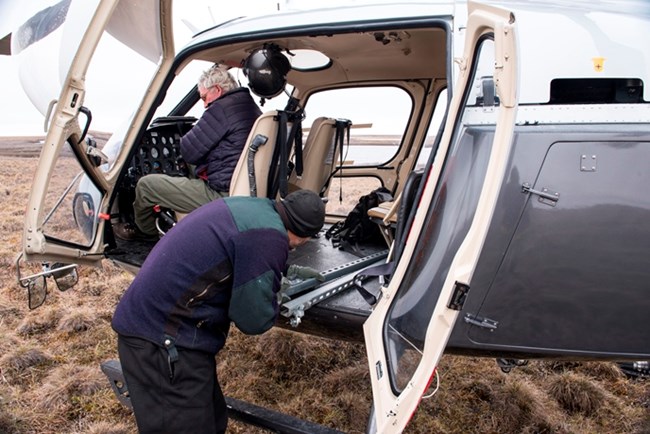
NPS/Dev Dharm Khalsa 
NPS/Dev Dharm Khalsa 
NPS/Dev Dharm Khalsa |
Last updated: April 14, 2021
